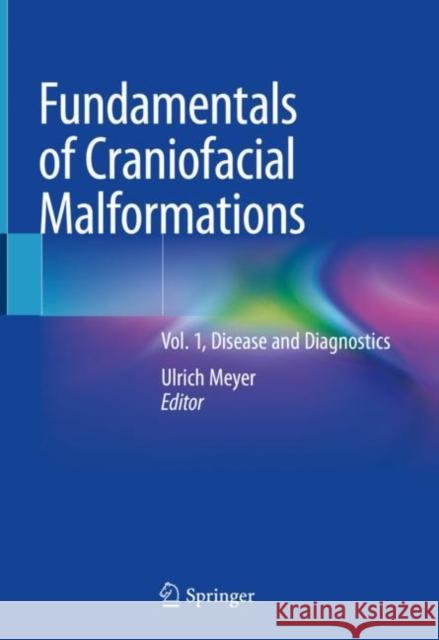Fundamentals of Craniofacial Malformations: Vol. 1, Disease and Diagnostics » książka
topmenu
Fundamentals of Craniofacial Malformations: Vol. 1, Disease and Diagnostics
ISBN-13: 9783030460235 / Angielski / Twarda / 2021 / 393 str.
Fundamentals of Craniofacial Malformations: Vol. 1, Disease and Diagnostics
ISBN-13: 9783030460235 / Angielski / Twarda / 2021 / 393 str.
cena 644,07
(netto: 613,40 VAT: 5%)
Najniższa cena z 30 dni: 616,85
(netto: 613,40 VAT: 5%)
Najniższa cena z 30 dni: 616,85
Termin realizacji zamówienia:
ok. 22 dni roboczych
Dostawa w 2026 r.
ok. 22 dni roboczych
Dostawa w 2026 r.
Darmowa dostawa!
Kategorie BISAC:
Wydawca:
Springer
Język:
Angielski
ISBN-13:
9783030460235
Rok wydania:
2021
Wydanie:
2021
Ilość stron:
393
Waga:
1.03 kg
Wymiary:
25.91 x 19.56 x 2.54
Oprawa:
Twarda
Wolumenów:
01
Dodatkowe informacje:
Wydanie ilustrowane











